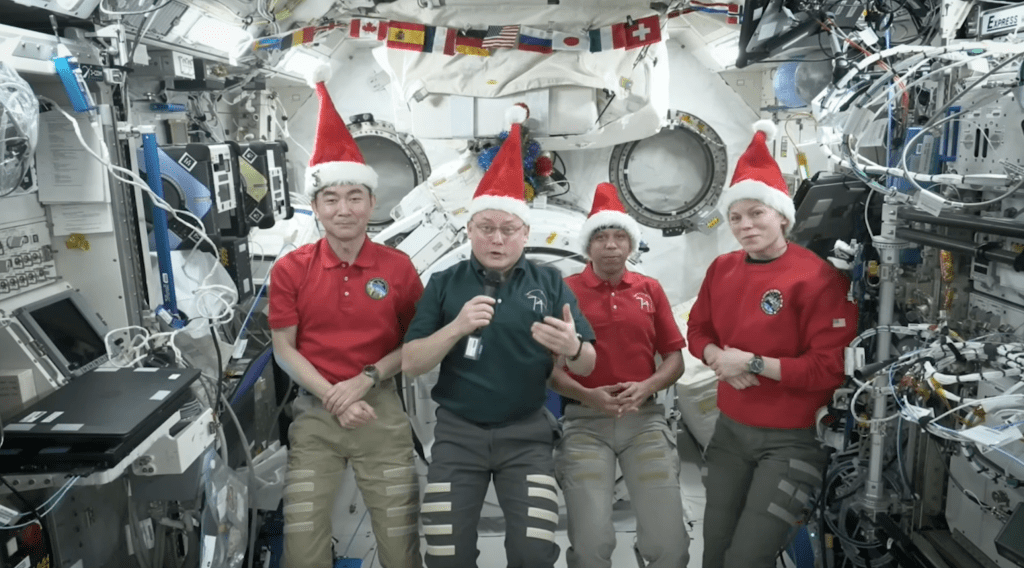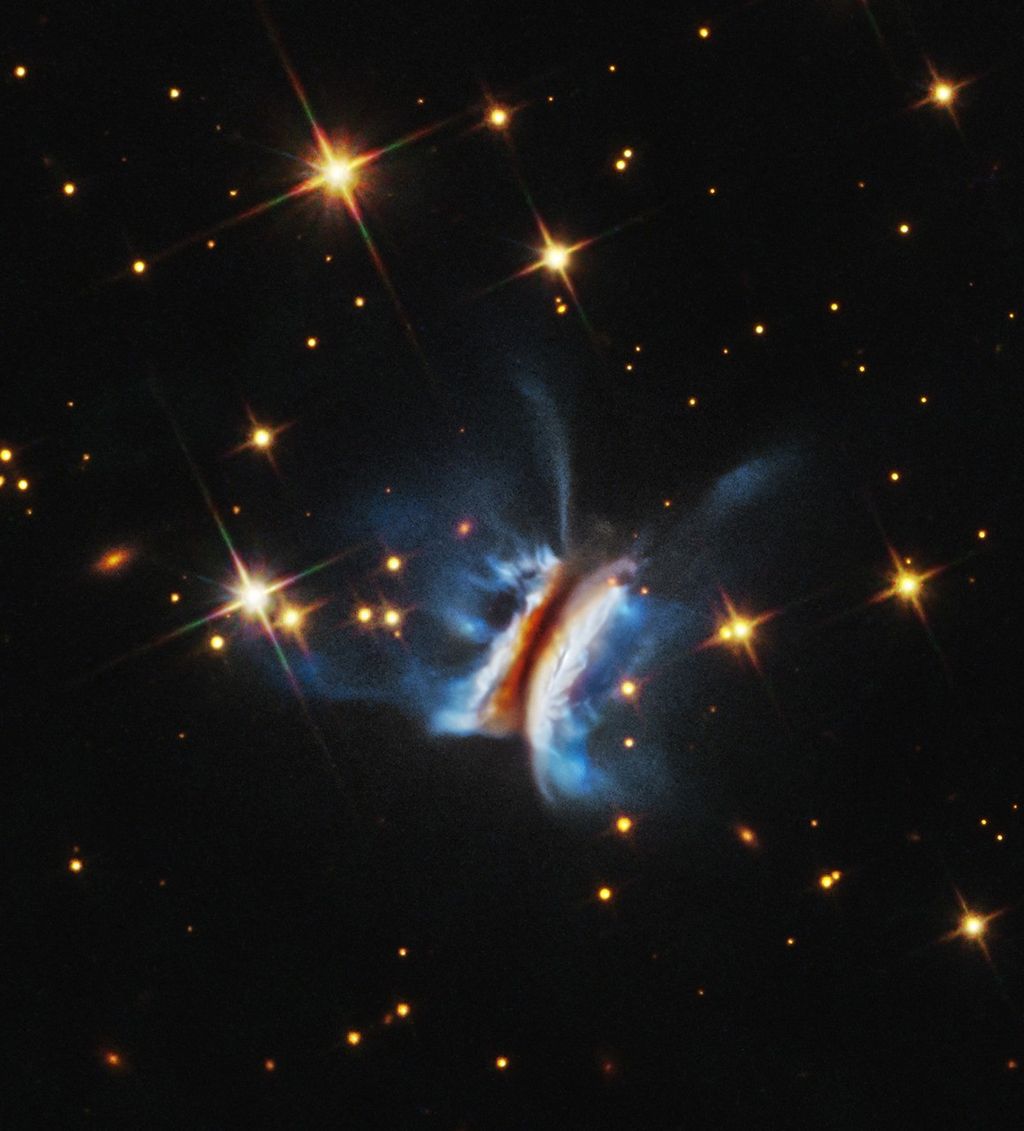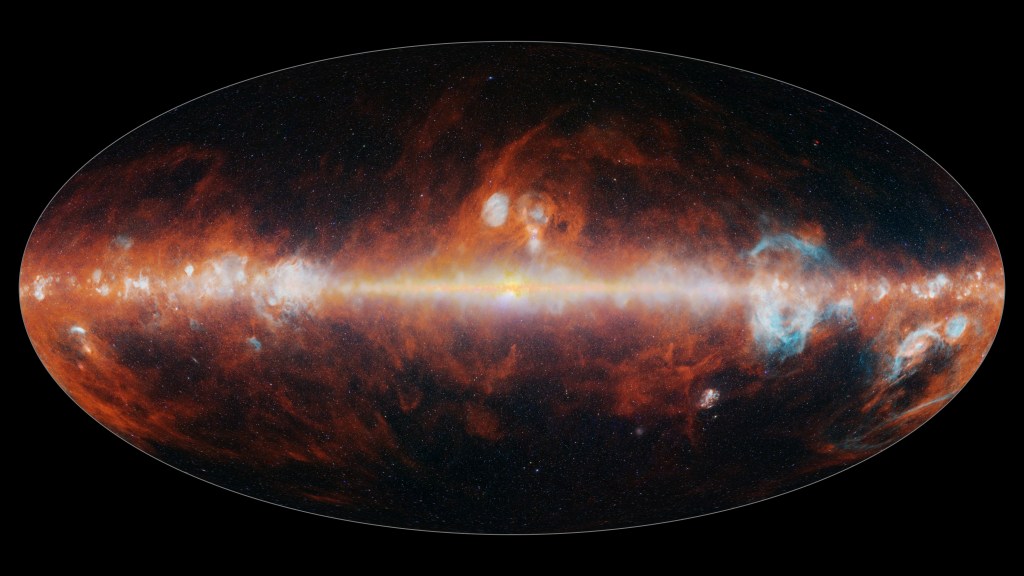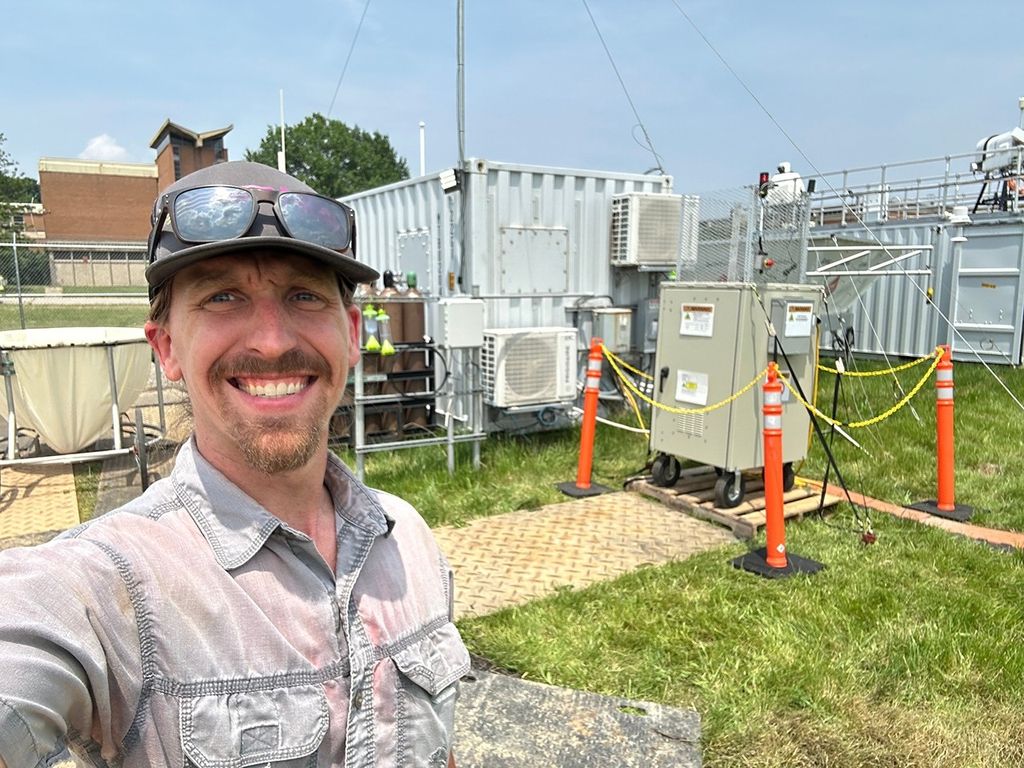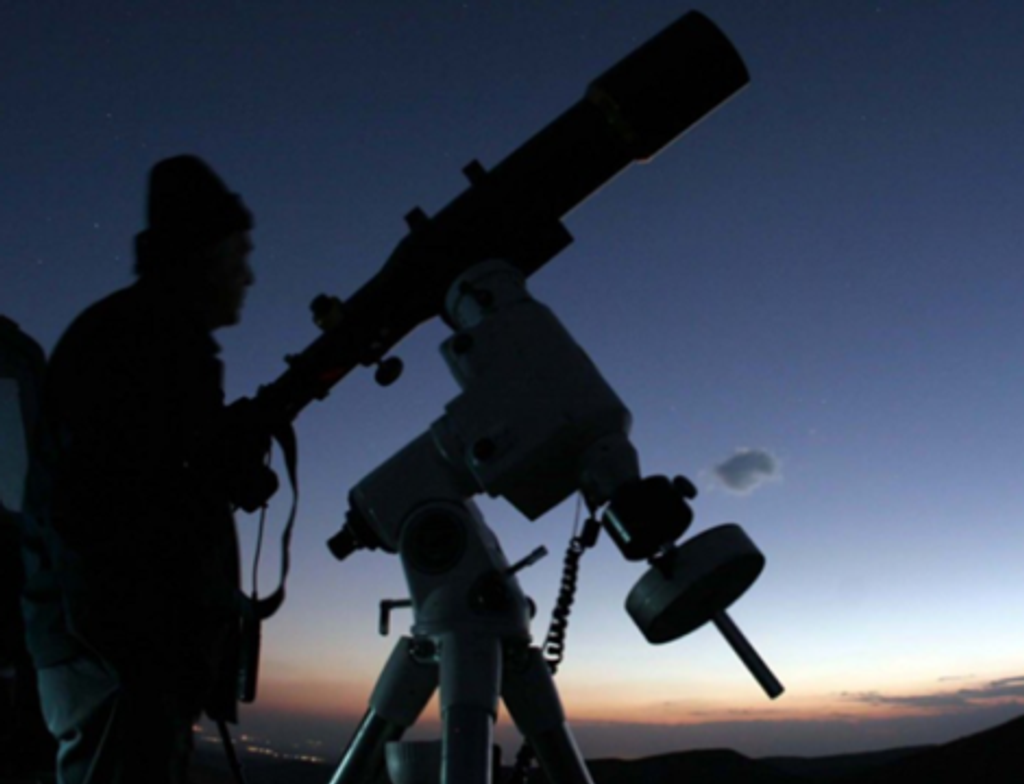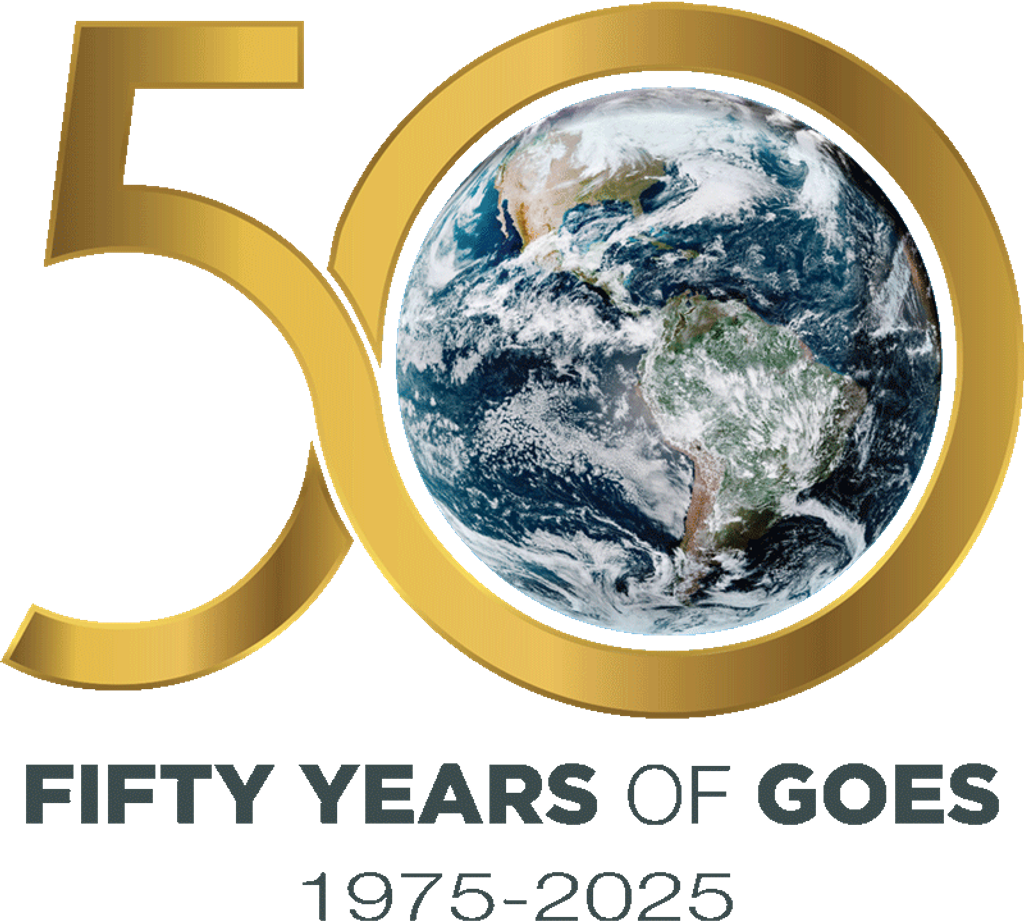
Janani S. Iyer
Scientist
Email: Janani.s.iyer@nasa.gov
Affiliation: USRA, KBR/Wyle; NASA Ames Space Biosciences Research Branch
Biography
- Scientist, NASA Ames Research Center (2018-present). Research focus: Spaceflight and ground-based studies to investigate changes induced by spaceflight stressors using Drosophila melanogaster and Mus musculus.
- Postdoctoral Fellow, Pennsylvania State University (2012-2015). Research Focus: Functional studies to understand the genetic basis of neurodevelopmental disorders, specifically 16p11.2 deletion disorder.
- Graduate Research Assistant, Pennsylvania State University (2006-2012). Research focus: Genetic analysis of synaptic transmission in Drosophila melanogaster
Education
Ph.D., Genetics, Pennsylvania State University, University Park, PA
M.S., Genomics, Madurai Kamaraj University, India
B.S. Biochemistry, Delhi University, India
Research Interests
Janani Iyer is a research scientist at USRA working in the Space Biosciences Research Branch at NASA Ames Research Center. Her research focuses on the acute and longitudinal CNS responses to different spaceflight stressors, including altered gravity, radiation, isolation, and elevated carbon dioxide using model organisms such as Drosophila melanogaster and Mus musculus. She is currently a co-investigator in an invertebrate spaceflight study, iGCE, focussed on integrated physiological responses of CNS and muscle in Drosophila and C. elegans along a gravity continuum. She is also a principal investigator in a ground-based Drosophila study to understand the sex-specific physiological and transcriptomic CNS responses to combined effects of altered gravity and elevated carbon dioxide.
Selected Publications
- Mhatre SD*, Iyer J*, Petereit J, Dolling-Boreham R, Tyryshkina A, Paul AM, Gilbert R, Jensen M, Woolsey RJ, Anand S, Sowa MB, Quilici DR, Costes SV, Girirajan S, Bhattacharya S. Artificial gravity partially protects space-induced neurological deficits in Drosophila melanogaster. Cell Rep. 2022 Sep 6;40(10):111279. doi:10.1016/j.celrep.2022.111279. * equal contributors.
- Iyer J*, Mhatre SD*, Gilbert R, Bhattacharya S. Multi-system responses of altered gravity and spaceflight: Insights from Drosophila melanogaster. Neurosci Biobehav Rev. Epub 2022. Sept 17. doi:10.1016/j.neubiorev.2022.104880 * equal contributors.
- Mhatre SD*, Iyer J*, Puukila S, Paul AM, Tahimic CGT, Rubenstein L, Lowe M, Alwood J, Sowa M, Bhattacharya S, Globus R, Ronca A. Neuroconsequences of the Spaceflight Environment. Neurosci Biobehav Rev. 2022 Jan;132:908-935. doi:10.1016/j.neubiorev.2021.09.055. Epub 2021 Nov 9. * equal contributors.
- Iyer J, Singh MD, Jensen M, Patel P, Pizzo L, Huber E, Koesterman H, Weiner A, Lepanto P, Vadodaria K, Kubina Q, Talbert A, Yennawar S, Badano B, Manak J, Rolls M, Krishnan A, Girirajan S. Pervasive genetic interactions modulate neurodevelopmental defects of the autism-associated 16p11.2 deletion in Drosophila melanogaster. Nature communications, 2018 June 29; 9(1):2548 Pubmed PMID: 29959322
- Iyer J, Wang Q, Le T, Pizzo L, Srivastava A, Grönke S, Surendra S. Ambegaokar, Imai Y, Reynolds C, Troisí B.L, Mardon G, Artero R, Jackson G, Isaacs A, Partridge L, Lu B, Kumar J, Girirajan S. Quantitative assessment of eye phenotypes for functional genetic studies using Drosophila melanogaster. G3 (Bethesda) 2016 May 3. Pubmed PMID: 26994292.
- Iyer J, Girirajan S. Gene discovery and functional assessment of rare copy-number variants in neurodevelopmental disorders. Briefings in Functional Genomics, 2015, May 13. Pubmed PMID:25971441
- Iyer J, Wahlmark CJ, Kuser-Ahnert GA, Kawasaki F (2012) Molecular mechanisms of COMPLEXIN fusion clamp function in synaptic exocytosis revealed in a new Drosophila mutant. Mol Cell Neurosci. 2013 Sep;56:244-54. doi: 10.1016/j.mcn.2013.06.002. Epub 2013 Jun 11. Pubmed PMID: 23769723
- Kawasaki F, Iyer J, Posey LL, Sun CE, Mammen SE, Yan H, Ordway RW (2011) The DISABLED Protein Functions in CLATHIN-Mediated Synaptic Vesicle Endocytosis and Exo- Endocytic Coupling at the Active Zone. PNAS 108(25): E222E2229. Pubmed PMID: 21606364

